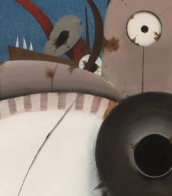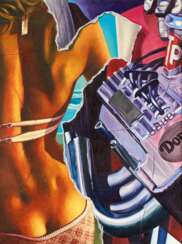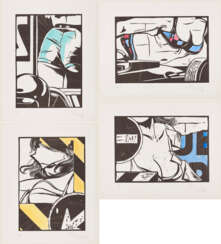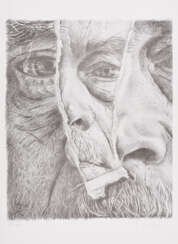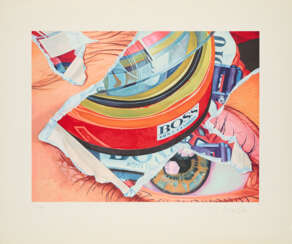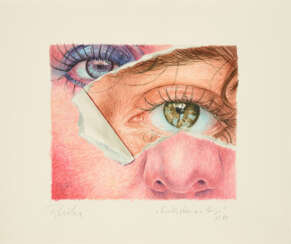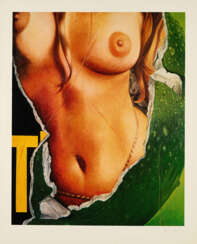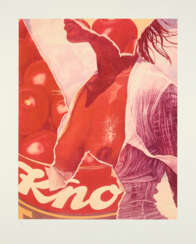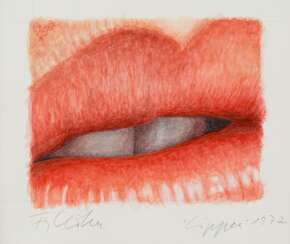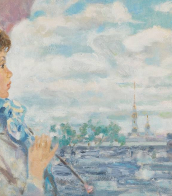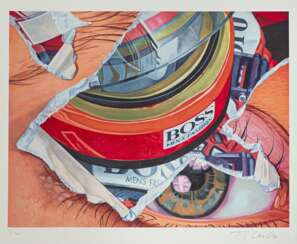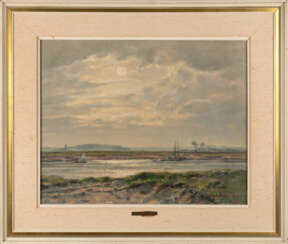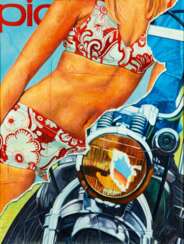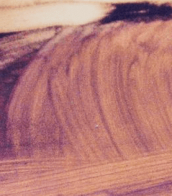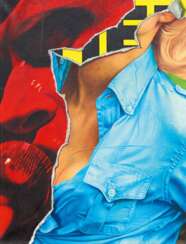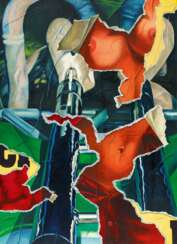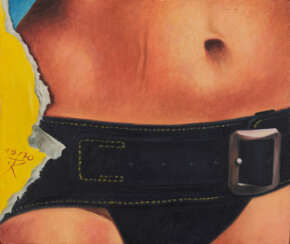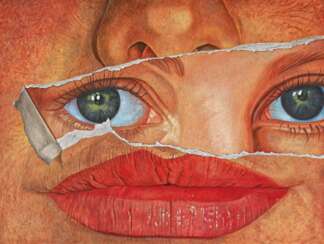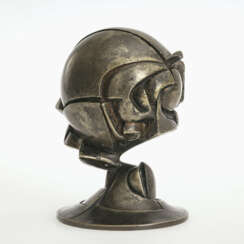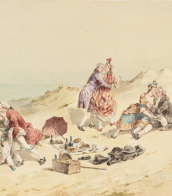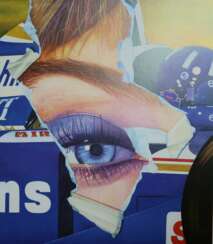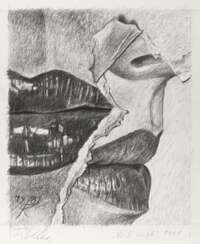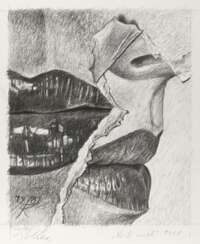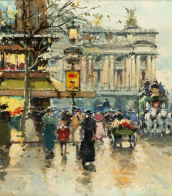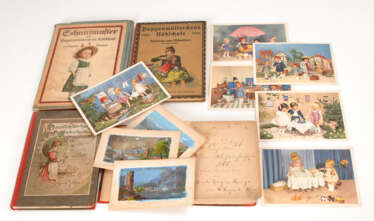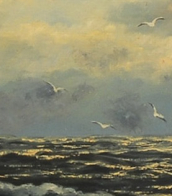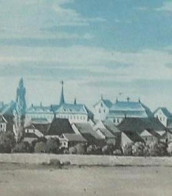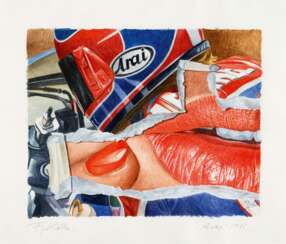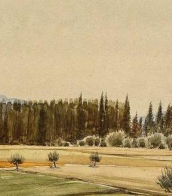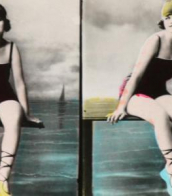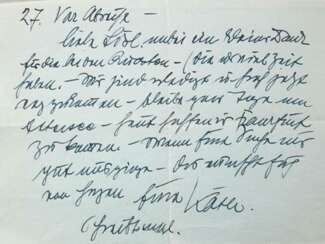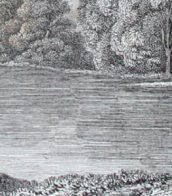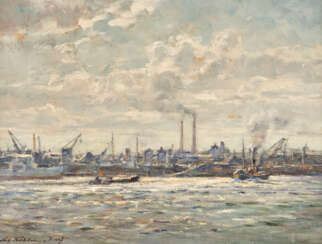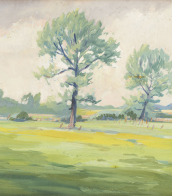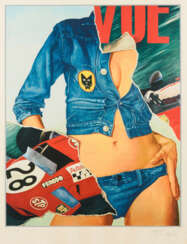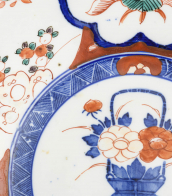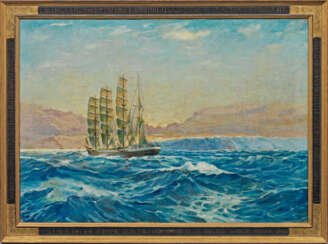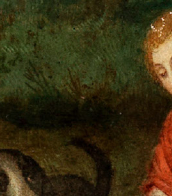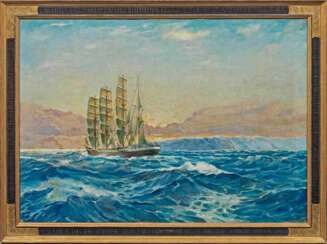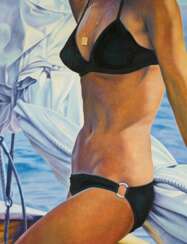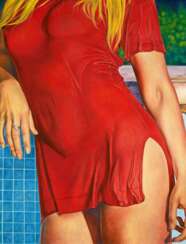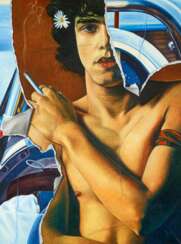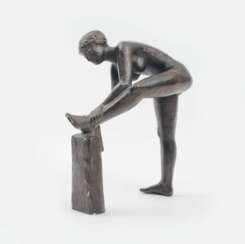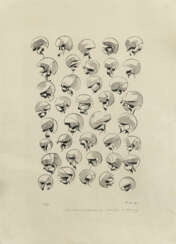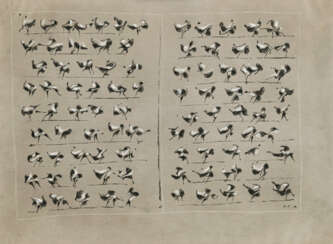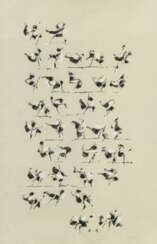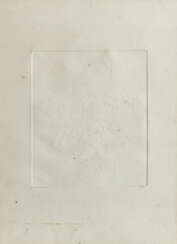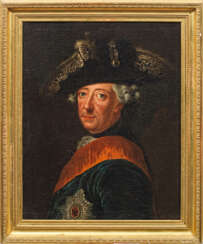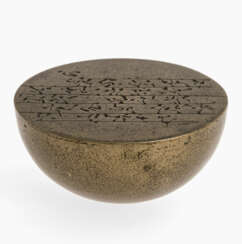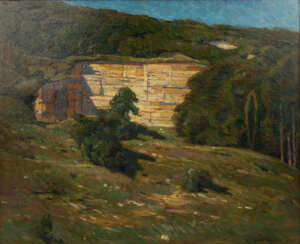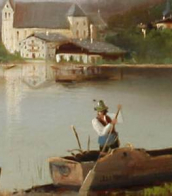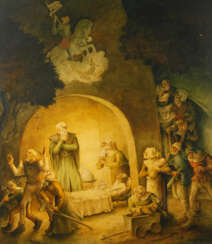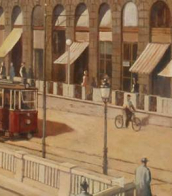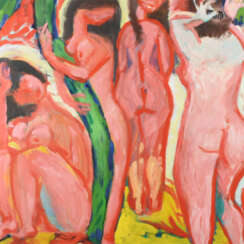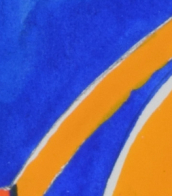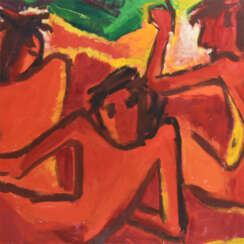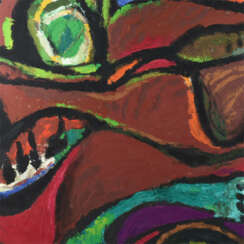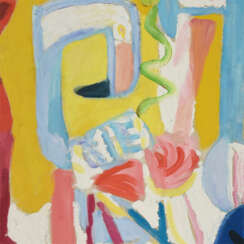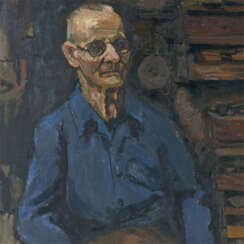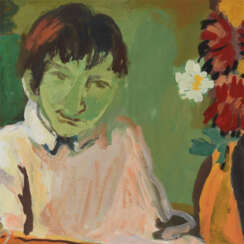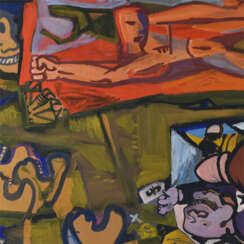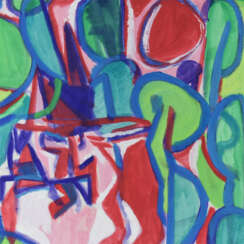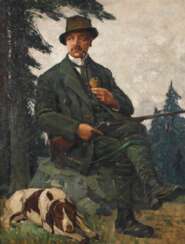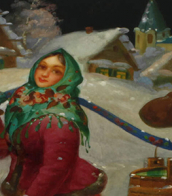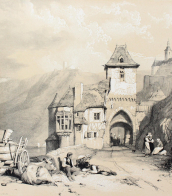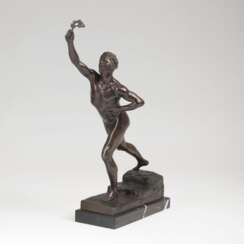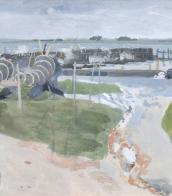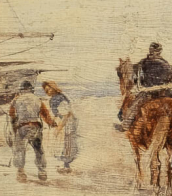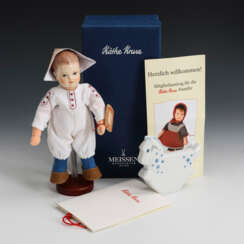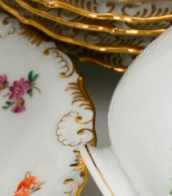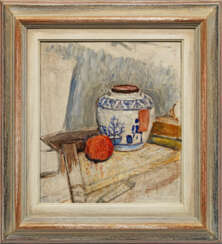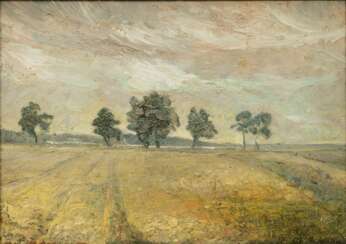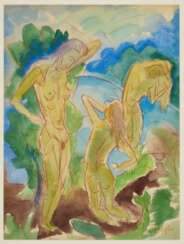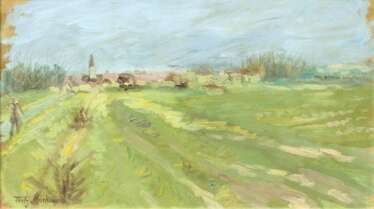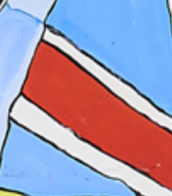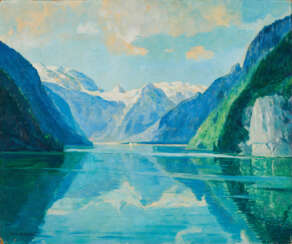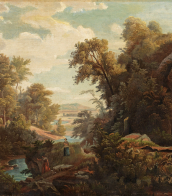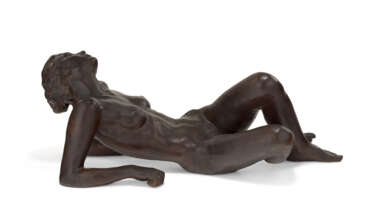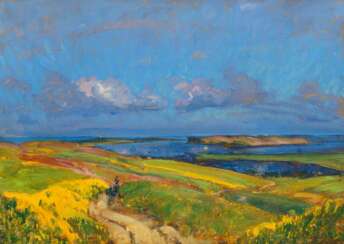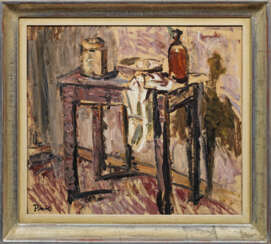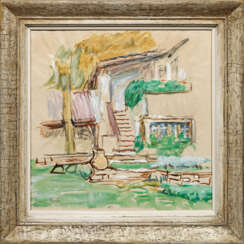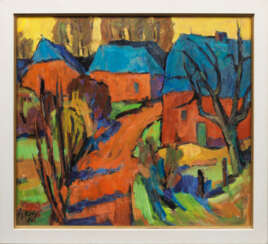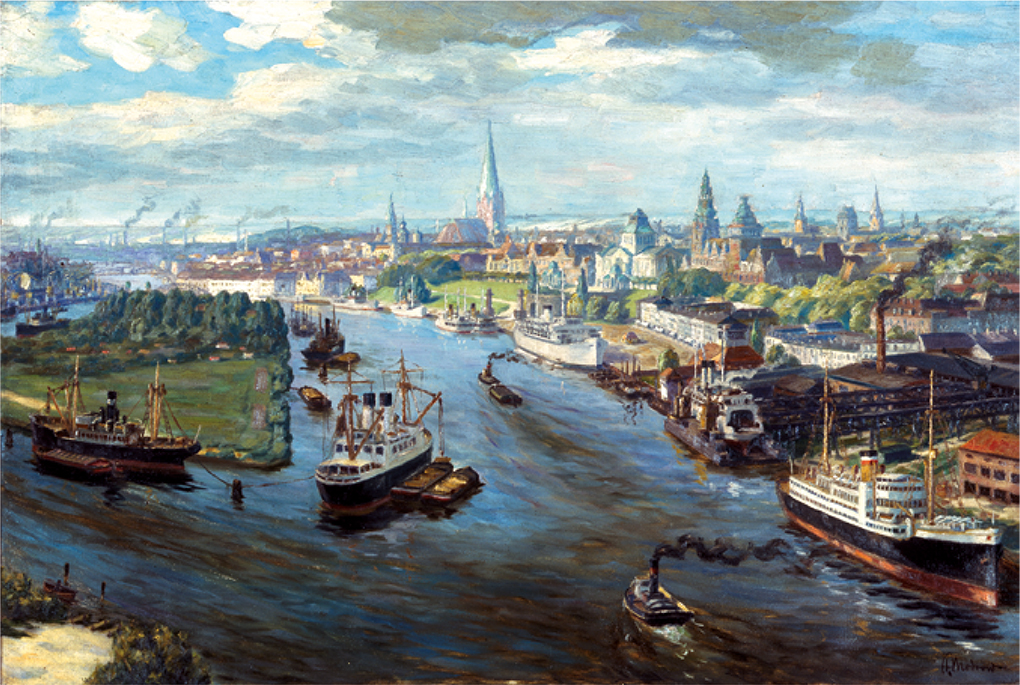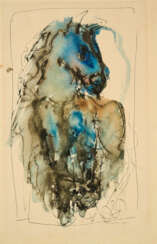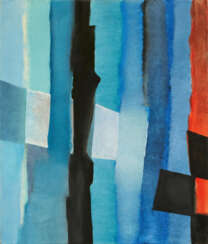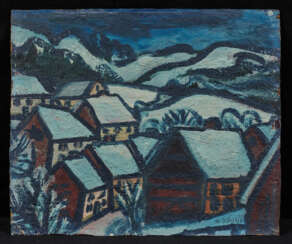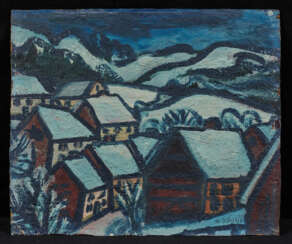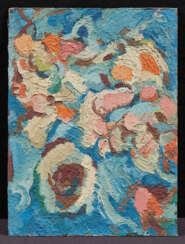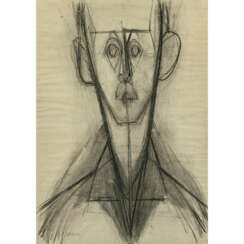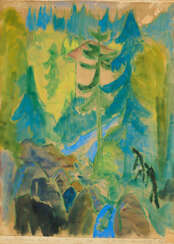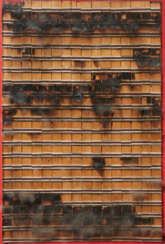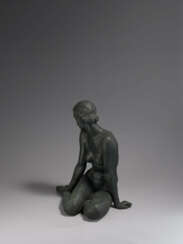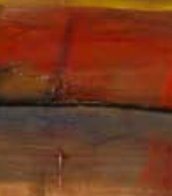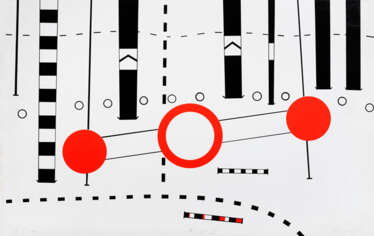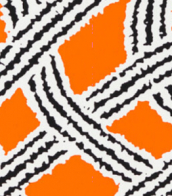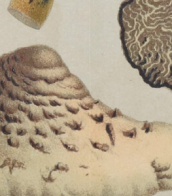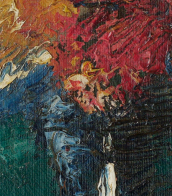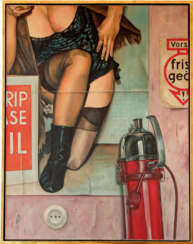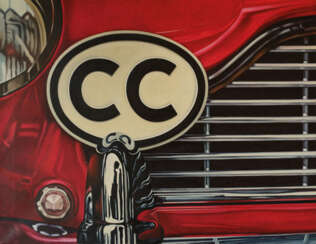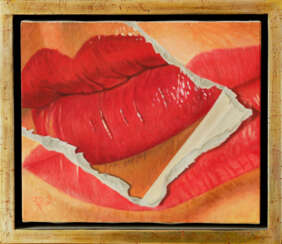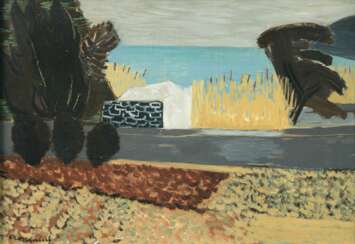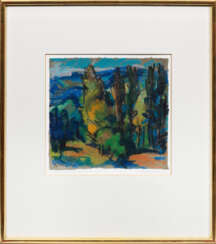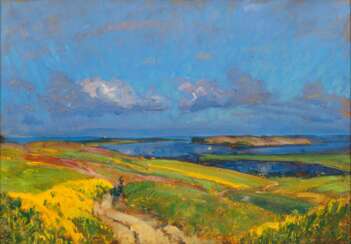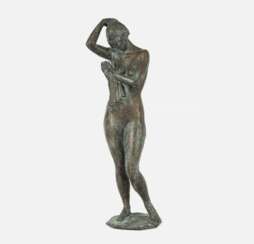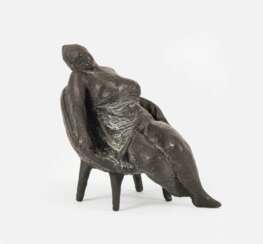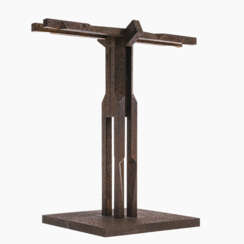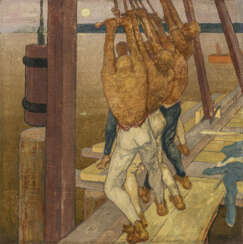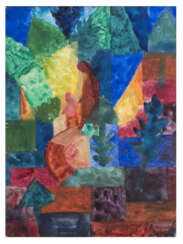fritz köthe
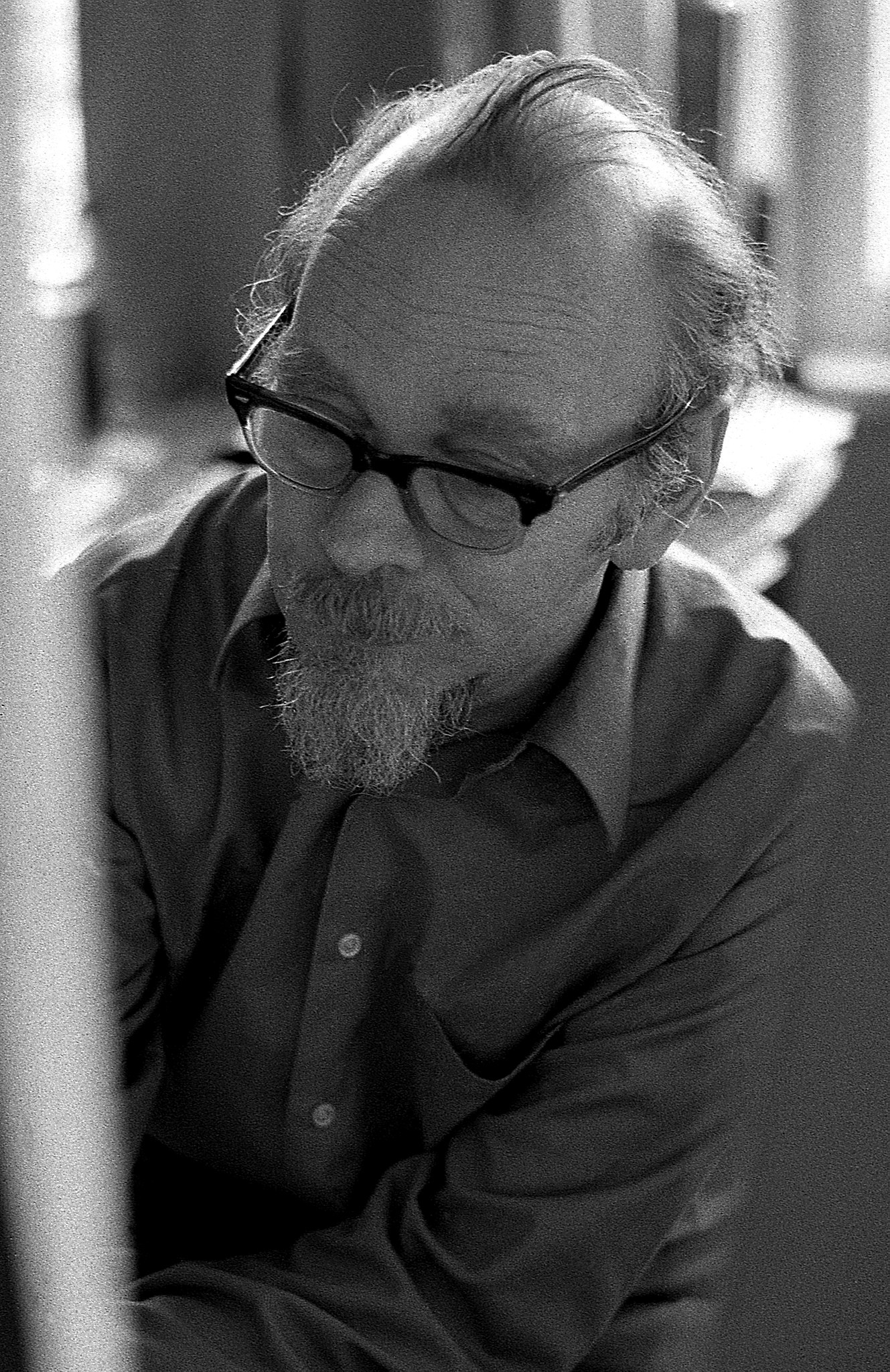
Fritz Köthe — German painter and graphic artist, is considered one of the most important representatives of German pop art and photorealism.
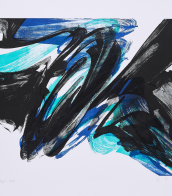

Fritz Köthe — German painter and graphic artist, is considered one of the most important representatives of German pop art and photorealism.
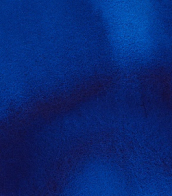

Fritz Köthe — German painter and graphic artist, is considered one of the most important representatives of German pop art and photorealism.
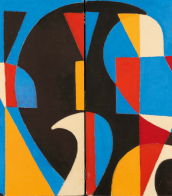

Fritz Köthe — German painter and graphic artist, is considered one of the most important representatives of German pop art and photorealism.
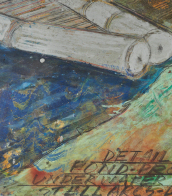

Fritz Köthe — German painter and graphic artist, is considered one of the most important representatives of German pop art and photorealism.
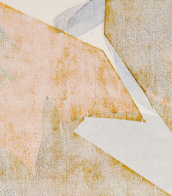

Fritz Köthe — German painter and graphic artist, is considered one of the most important representatives of German pop art and photorealism.


Fritz Köthe — German painter and graphic artist, is considered one of the most important representatives of German pop art and photorealism.
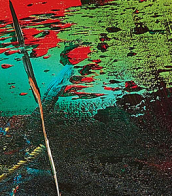

Fritz Köthe — German painter and graphic artist, is considered one of the most important representatives of German pop art and photorealism.


Fritz Köthe — German painter and graphic artist, is considered one of the most important representatives of German pop art and photorealism.


Fritz Köthe — German painter and graphic artist, is considered one of the most important representatives of German pop art and photorealism.


Fritz Köthe — German painter and graphic artist, is considered one of the most important representatives of German pop art and photorealism.
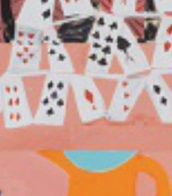

Fritz Köthe — German painter and graphic artist, is considered one of the most important representatives of German pop art and photorealism.


Fritz Köthe — German painter and graphic artist, is considered one of the most important representatives of German pop art and photorealism.
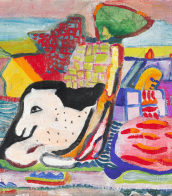

Fritz Köhler (birth name Friedrich Köhler) was a German marine and landscape painter.
As a young man, Köhler spent much time on merchant ships on the seas, then studied painting in Hamburg and Weimar. He painted coastal and rural landscapes in calm colors. Fritz Köhler was a member of the Imperial Association of Fine Artists in Germany and the Düsseldorf Malkasten Artists' Association, and participated in numerous exhibitions.
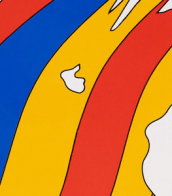

Fritz Köthe — German painter and graphic artist, is considered one of the most important representatives of German pop art and photorealism.
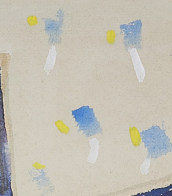

Fritz Köthe — German painter and graphic artist, is considered one of the most important representatives of German pop art and photorealism.
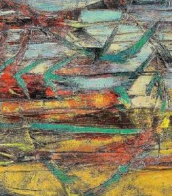

Fritz Köthe — German painter and graphic artist, is considered one of the most important representatives of German pop art and photorealism.

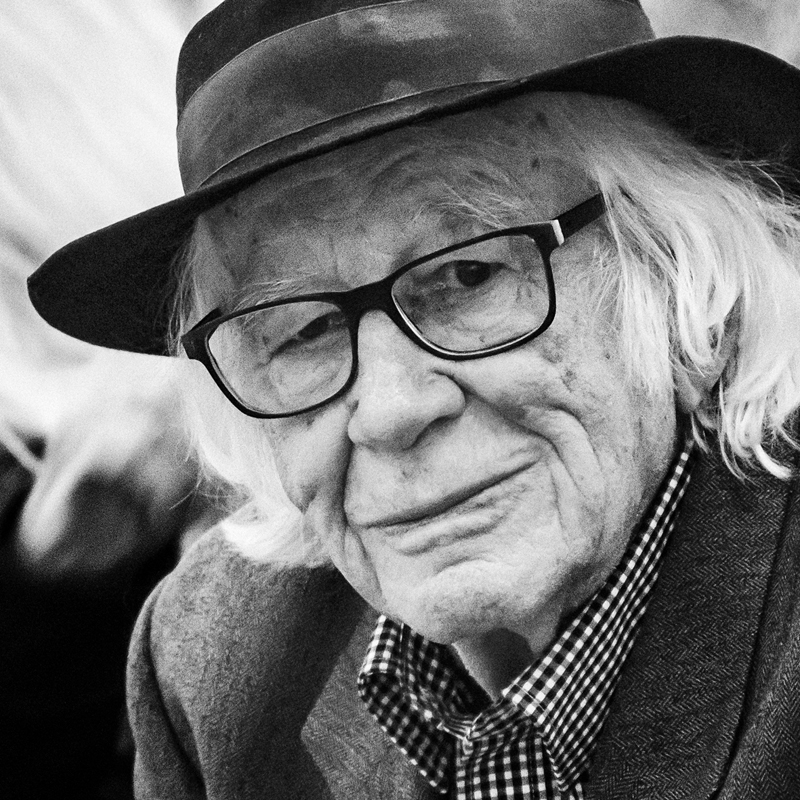
Fritz Koenig was a prominent German sculptor, recognized for his influential works in the 20th century. He studied art at the Academy of Fine Arts in Munich after World War II and later, in 1951, expanded his education in Paris on a scholarship. Koenig gained international fame, particularly for his monumental bronze sculpture, "The Sphere," originally located at the World Trade Center in New York City.
"The Sphere" became a symbol of resilience after surviving the 9/11 attacks, albeit with damage. Initially placed in Battery Park as an interim memorial, it now resides in Liberty Park, serving as a poignant reminder of endurance amidst devastation. Koenig's work delves into themes of human and animal existence, exploring the tensions between religiosity and mythology, and the fragile nature of life.
Throughout his career, Koenig participated in significant exhibitions like the Biennale in Venice and documenta in Kassel, and his works are displayed in permanent collections, such as the Hofberg Sculpture Museum in Landshut. Koenig's artistic legacy continues to inspire, embodying a deep contemplation of humanity's place in the world and the enduring spirit of art in the face of tragedy.
If you're intrigued by the artistic journey and significant works of Fritz Koenig, and wish to delve deeper into his contributions to modern sculpture, consider subscribing for updates. This subscription will keep you informed about exhibitions, sales of Koenig's works, and insightful articles that explore his artistic legacy. Stay connected to the world of art and ensure you don't miss out on the opportunity to learn more about this influential sculptor's impact on contemporary art.
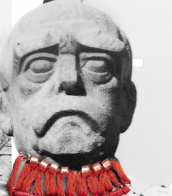

Fritz Köthe — German painter and graphic artist, is considered one of the most important representatives of German pop art and photorealism.
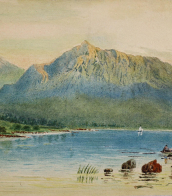

Fritz Köthe — German painter and graphic artist, is considered one of the most important representatives of German pop art and photorealism.


Fritz Köthe — German painter and graphic artist, is considered one of the most important representatives of German pop art and photorealism.
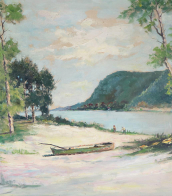

Fritz Köthe — German painter and graphic artist, is considered one of the most important representatives of German pop art and photorealism.
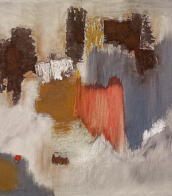

Fritz Köthe — German painter and graphic artist, is considered one of the most important representatives of German pop art and photorealism.


Fritz Köthe — German painter and graphic artist, is considered one of the most important representatives of German pop art and photorealism.

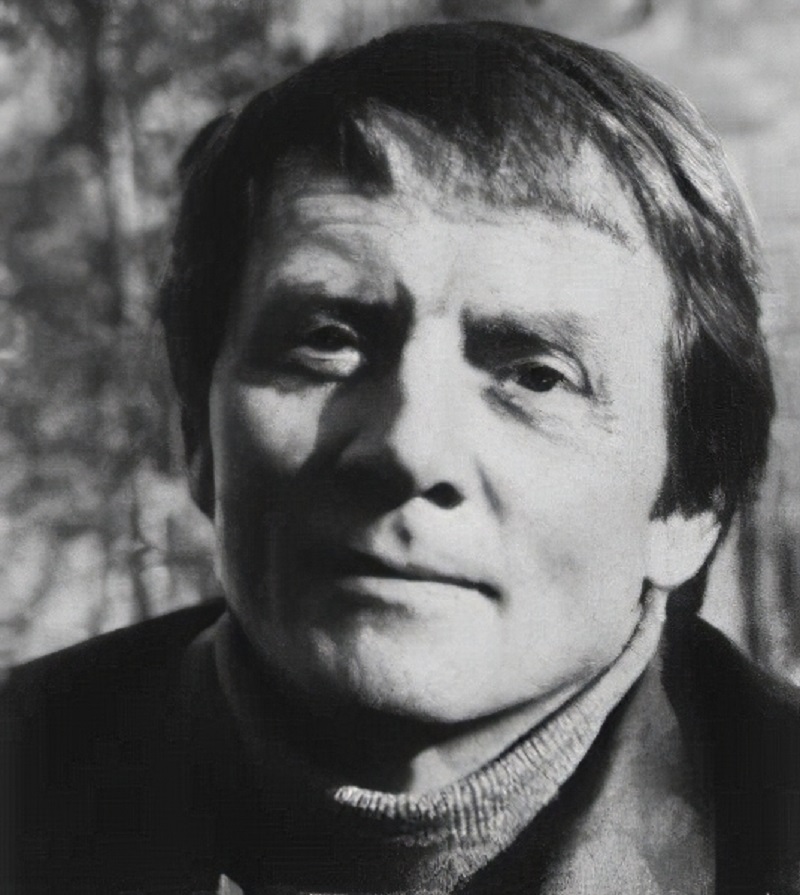
Fritz Fleer is a German painter and sculptor. He studied at the Hamburg University of Fine Arts in the class of Edwin Paul Scharf.
As independent artist, Fritz Fleer has been creating works for urban planning since the 1950s; in Hamburg he was commissioned for 17 sculptures by the municipal housing company SAGA.
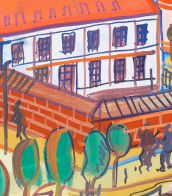

Fritz Koenig was a prominent German sculptor, recognized for his influential works in the 20th century. He studied art at the Academy of Fine Arts in Munich after World War II and later, in 1951, expanded his education in Paris on a scholarship. Koenig gained international fame, particularly for his monumental bronze sculpture, "The Sphere," originally located at the World Trade Center in New York City.
"The Sphere" became a symbol of resilience after surviving the 9/11 attacks, albeit with damage. Initially placed in Battery Park as an interim memorial, it now resides in Liberty Park, serving as a poignant reminder of endurance amidst devastation. Koenig's work delves into themes of human and animal existence, exploring the tensions between religiosity and mythology, and the fragile nature of life.
Throughout his career, Koenig participated in significant exhibitions like the Biennale in Venice and documenta in Kassel, and his works are displayed in permanent collections, such as the Hofberg Sculpture Museum in Landshut. Koenig's artistic legacy continues to inspire, embodying a deep contemplation of humanity's place in the world and the enduring spirit of art in the face of tragedy.
If you're intrigued by the artistic journey and significant works of Fritz Koenig, and wish to delve deeper into his contributions to modern sculpture, consider subscribing for updates. This subscription will keep you informed about exhibitions, sales of Koenig's works, and insightful articles that explore his artistic legacy. Stay connected to the world of art and ensure you don't miss out on the opportunity to learn more about this influential sculptor's impact on contemporary art.


Fritz Koenig was a prominent German sculptor, recognized for his influential works in the 20th century. He studied art at the Academy of Fine Arts in Munich after World War II and later, in 1951, expanded his education in Paris on a scholarship. Koenig gained international fame, particularly for his monumental bronze sculpture, "The Sphere," originally located at the World Trade Center in New York City.
"The Sphere" became a symbol of resilience after surviving the 9/11 attacks, albeit with damage. Initially placed in Battery Park as an interim memorial, it now resides in Liberty Park, serving as a poignant reminder of endurance amidst devastation. Koenig's work delves into themes of human and animal existence, exploring the tensions between religiosity and mythology, and the fragile nature of life.
Throughout his career, Koenig participated in significant exhibitions like the Biennale in Venice and documenta in Kassel, and his works are displayed in permanent collections, such as the Hofberg Sculpture Museum in Landshut. Koenig's artistic legacy continues to inspire, embodying a deep contemplation of humanity's place in the world and the enduring spirit of art in the face of tragedy.
If you're intrigued by the artistic journey and significant works of Fritz Koenig, and wish to delve deeper into his contributions to modern sculpture, consider subscribing for updates. This subscription will keep you informed about exhibitions, sales of Koenig's works, and insightful articles that explore his artistic legacy. Stay connected to the world of art and ensure you don't miss out on the opportunity to learn more about this influential sculptor's impact on contemporary art.


Fritz Koenig was a prominent German sculptor, recognized for his influential works in the 20th century. He studied art at the Academy of Fine Arts in Munich after World War II and later, in 1951, expanded his education in Paris on a scholarship. Koenig gained international fame, particularly for his monumental bronze sculpture, "The Sphere," originally located at the World Trade Center in New York City.
"The Sphere" became a symbol of resilience after surviving the 9/11 attacks, albeit with damage. Initially placed in Battery Park as an interim memorial, it now resides in Liberty Park, serving as a poignant reminder of endurance amidst devastation. Koenig's work delves into themes of human and animal existence, exploring the tensions between religiosity and mythology, and the fragile nature of life.
Throughout his career, Koenig participated in significant exhibitions like the Biennale in Venice and documenta in Kassel, and his works are displayed in permanent collections, such as the Hofberg Sculpture Museum in Landshut. Koenig's artistic legacy continues to inspire, embodying a deep contemplation of humanity's place in the world and the enduring spirit of art in the face of tragedy.
If you're intrigued by the artistic journey and significant works of Fritz Koenig, and wish to delve deeper into his contributions to modern sculpture, consider subscribing for updates. This subscription will keep you informed about exhibitions, sales of Koenig's works, and insightful articles that explore his artistic legacy. Stay connected to the world of art and ensure you don't miss out on the opportunity to learn more about this influential sculptor's impact on contemporary art.


Fritz Koenig was a prominent German sculptor, recognized for his influential works in the 20th century. He studied art at the Academy of Fine Arts in Munich after World War II and later, in 1951, expanded his education in Paris on a scholarship. Koenig gained international fame, particularly for his monumental bronze sculpture, "The Sphere," originally located at the World Trade Center in New York City.
"The Sphere" became a symbol of resilience after surviving the 9/11 attacks, albeit with damage. Initially placed in Battery Park as an interim memorial, it now resides in Liberty Park, serving as a poignant reminder of endurance amidst devastation. Koenig's work delves into themes of human and animal existence, exploring the tensions between religiosity and mythology, and the fragile nature of life.
Throughout his career, Koenig participated in significant exhibitions like the Biennale in Venice and documenta in Kassel, and his works are displayed in permanent collections, such as the Hofberg Sculpture Museum in Landshut. Koenig's artistic legacy continues to inspire, embodying a deep contemplation of humanity's place in the world and the enduring spirit of art in the face of tragedy.
If you're intrigued by the artistic journey and significant works of Fritz Koenig, and wish to delve deeper into his contributions to modern sculpture, consider subscribing for updates. This subscription will keep you informed about exhibitions, sales of Koenig's works, and insightful articles that explore his artistic legacy. Stay connected to the world of art and ensure you don't miss out on the opportunity to learn more about this influential sculptor's impact on contemporary art.

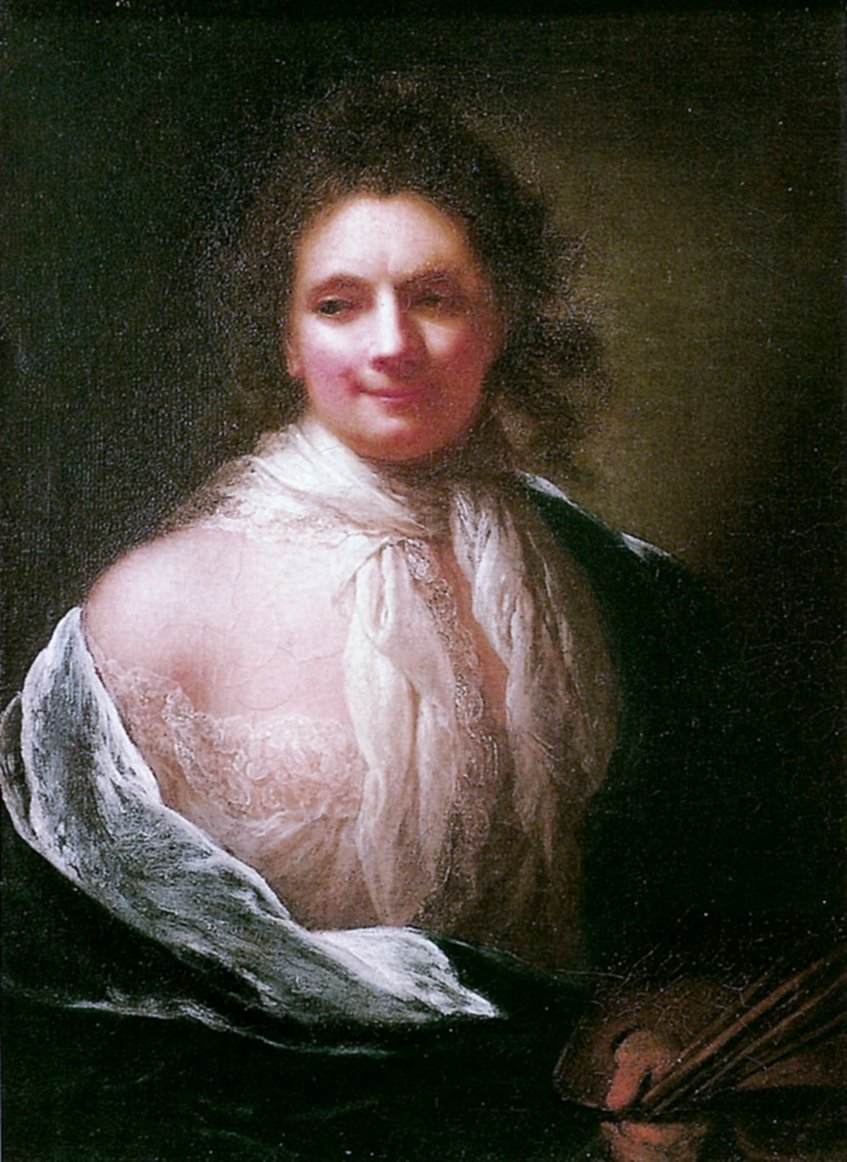
Anna Dorothea Therbusch, born Anna Dorothea Lisiewski, was a German artist who painted in the Rococo and Neoclassical style. More than two hundred of her works have survived, mostly portraits.
Anna Dorothea Turbusch was the first woman accepted into the Vienna Academy of Fine Arts. The artist was highly regarded for her ability to convey the likeness and character of her subjects. Her paintings were characterized by their refined style, meticulous attention to detail and the use of soft, gentle colours. She painted Prussian nobles, intellectuals and prominent figures of her time. At the commission of Russian Empress Catherine the Great, Terbusch painted life-size portraits of all members of the Prussian royal family. They are now in the State Hermitage Museum in St. Petersburg.
In addition to their technical mastery, the portraits by Terbusch were psychologically insightful, revealing the inner life and personality of the characters. Her work reflected the transition from the ornate and playful Rococo style to a more restrained and intellectual neo-classical aesthetic.
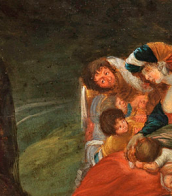

Fritz Koenig was a prominent German sculptor, recognized for his influential works in the 20th century. He studied art at the Academy of Fine Arts in Munich after World War II and later, in 1951, expanded his education in Paris on a scholarship. Koenig gained international fame, particularly for his monumental bronze sculpture, "The Sphere," originally located at the World Trade Center in New York City.
"The Sphere" became a symbol of resilience after surviving the 9/11 attacks, albeit with damage. Initially placed in Battery Park as an interim memorial, it now resides in Liberty Park, serving as a poignant reminder of endurance amidst devastation. Koenig's work delves into themes of human and animal existence, exploring the tensions between religiosity and mythology, and the fragile nature of life.
Throughout his career, Koenig participated in significant exhibitions like the Biennale in Venice and documenta in Kassel, and his works are displayed in permanent collections, such as the Hofberg Sculpture Museum in Landshut. Koenig's artistic legacy continues to inspire, embodying a deep contemplation of humanity's place in the world and the enduring spirit of art in the face of tragedy.
If you're intrigued by the artistic journey and significant works of Fritz Koenig, and wish to delve deeper into his contributions to modern sculpture, consider subscribing for updates. This subscription will keep you informed about exhibitions, sales of Koenig's works, and insightful articles that explore his artistic legacy. Stay connected to the world of art and ensure you don't miss out on the opportunity to learn more about this influential sculptor's impact on contemporary art.


Fritz Köhler (birth name Friedrich Köhler) was a German marine and landscape painter.
As a young man, Köhler spent much time on merchant ships on the seas, then studied painting in Hamburg and Weimar. He painted coastal and rural landscapes in calm colors. Fritz Köhler was a member of the Imperial Association of Fine Artists in Germany and the Düsseldorf Malkasten Artists' Association, and participated in numerous exhibitions.
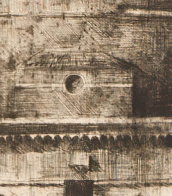
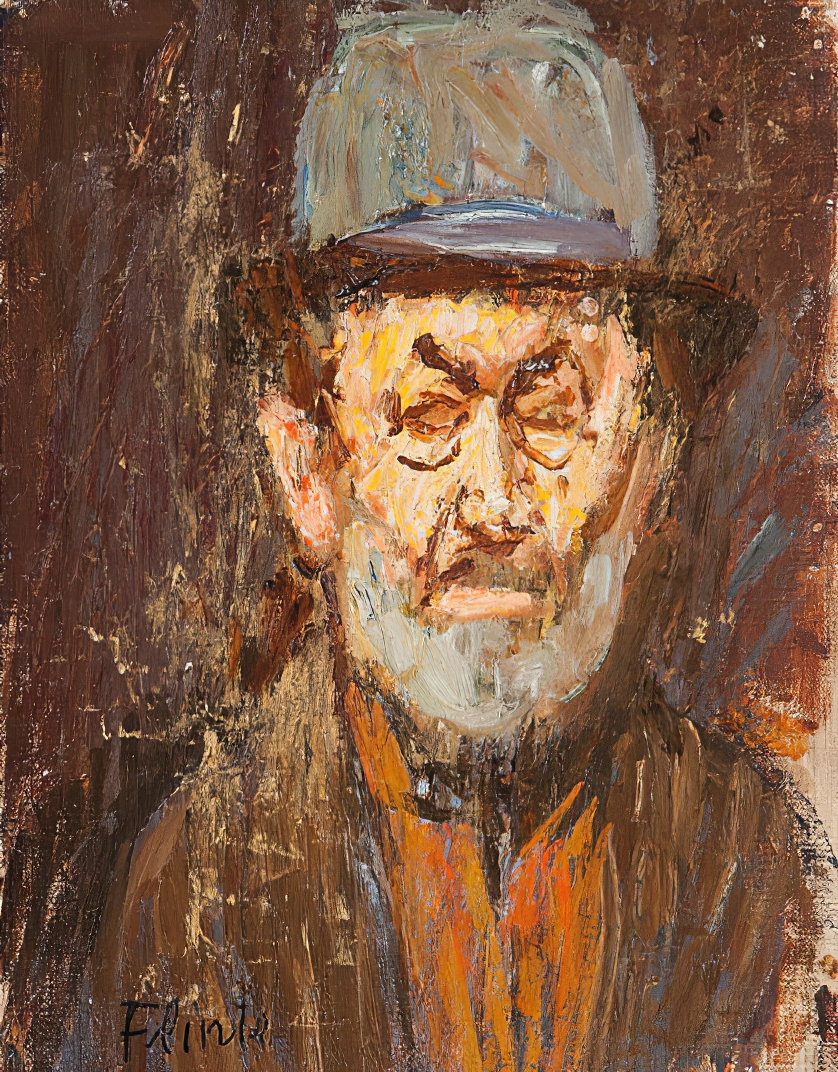
Fritz Flinte was a German landscape painter of the Late Impressionist period.

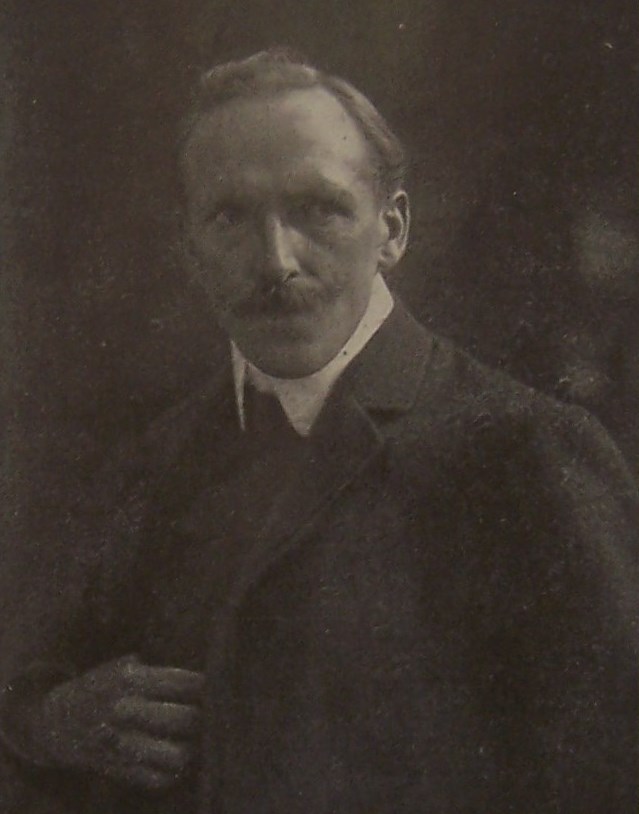

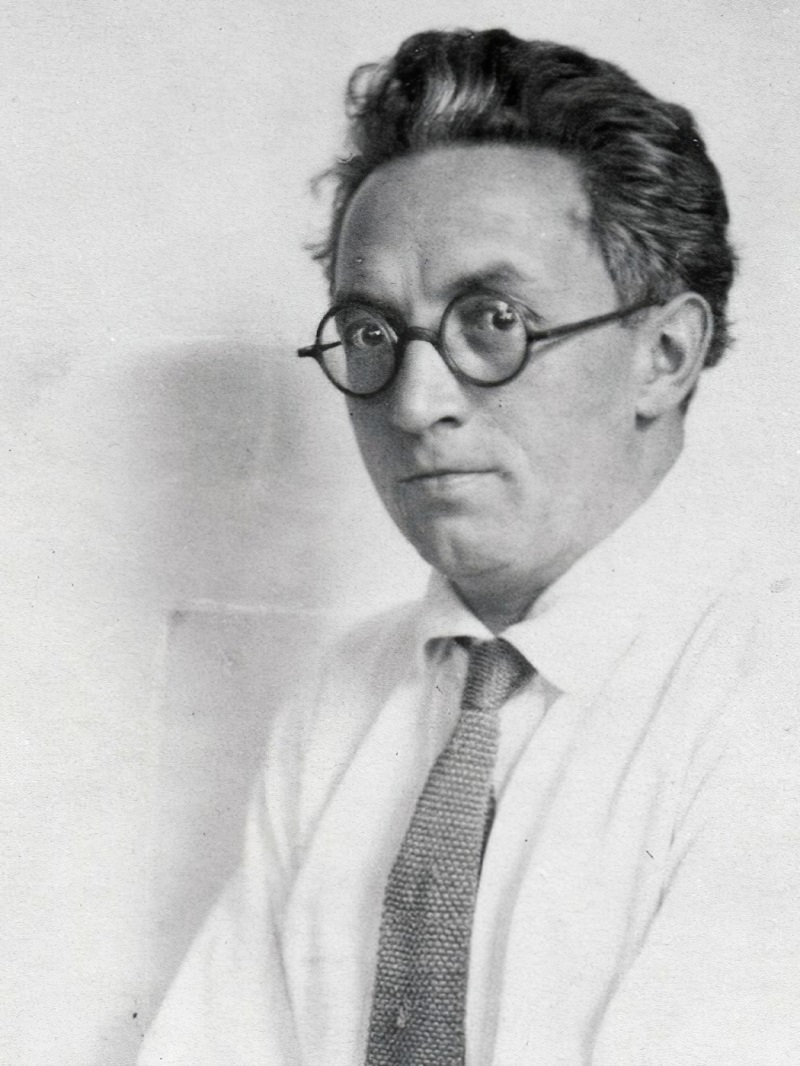
Fritz Schaefler was a German graphic artist. He was known for his expressionist paintings, drawings, and prints.
Schaefler studied at the Academy of Fine Arts in Munich and later taught at the Folkwang University of the Arts in Essen. His early work was influenced by the German Expressionist movement, and he was associated with the group "Die Brücke" (The Bridge), which included other notable artists such as Ernst Ludwig Kirchner and Emil Nolde.
Schaefler's work is characterized by bold, vibrant colors and energetic brushstrokes. He often depicted landscapes, cityscapes, and still-life scenes, infusing them with a sense of emotion and vitality. He also produced a significant body of graphic work, including woodcuts and lithographs.
Schaefler's work was exhibited extensively during his lifetime, including at the Venice Biennale, the Stedelijk Museum in Amsterdam, and the Museum of Modern Art in New York. He was also awarded numerous honors and awards for his work.
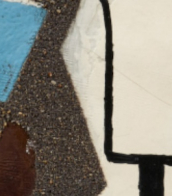

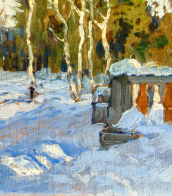

Fritz Flinte was a German landscape painter of the Late Impressionist period.


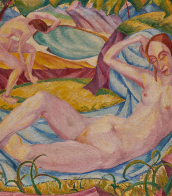
.jpg)
Fritz Klimsch was a German sculptor of the first half of the twentieth century. He is known as a brilliant representative of Art Nouveau and Classicism. Klimsch was one of the founders of the association of Berlin artists and sculptors "Berlin Secession".
Fritz Klimsch is best known for his sculptural works depicting nudes of women. Among his masterpieces are also monumental and grave monuments.
Fritz Klimsch was the most famous, but by no means the only representative of the family dynasty of German artists. His close relatives, in particular his grandfather Ferdinand Karl Klimsch, his father Eugen Klimsch, and his brothers Karl Klimsch and Paul Klimsch, also made significant contributions to the development of European art.
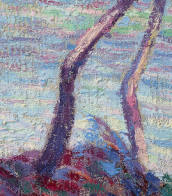
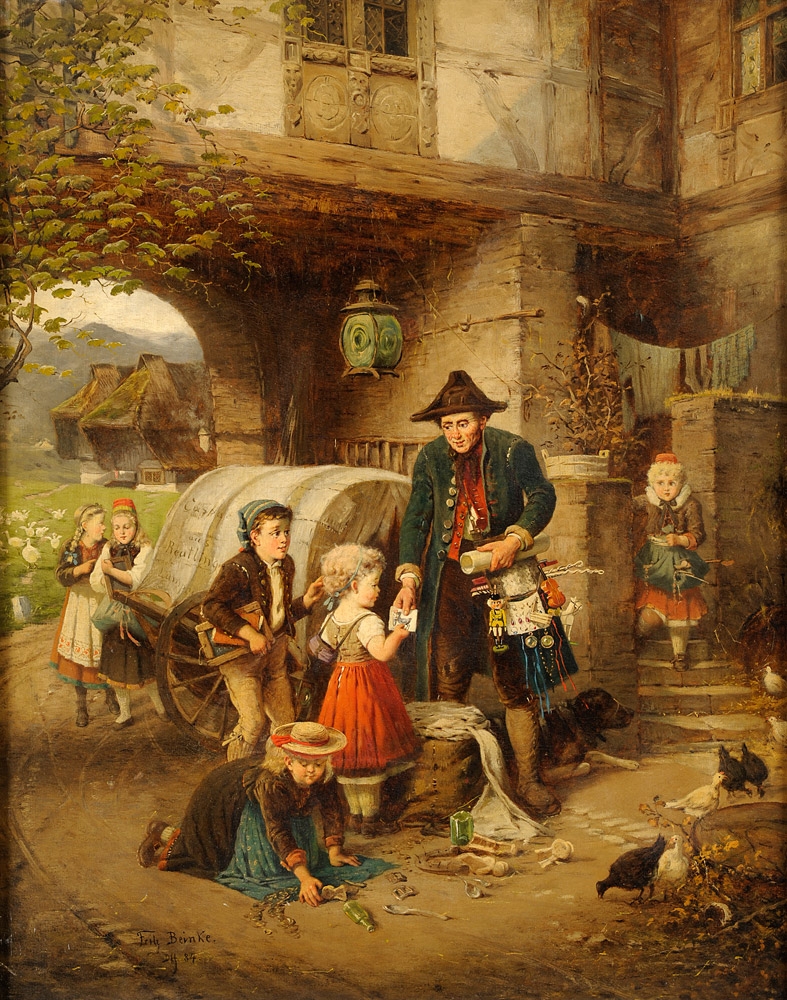
Fritz Beinke was a German genre painter from the Dusseldorf school of painting.
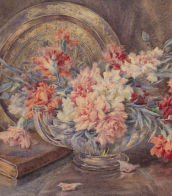
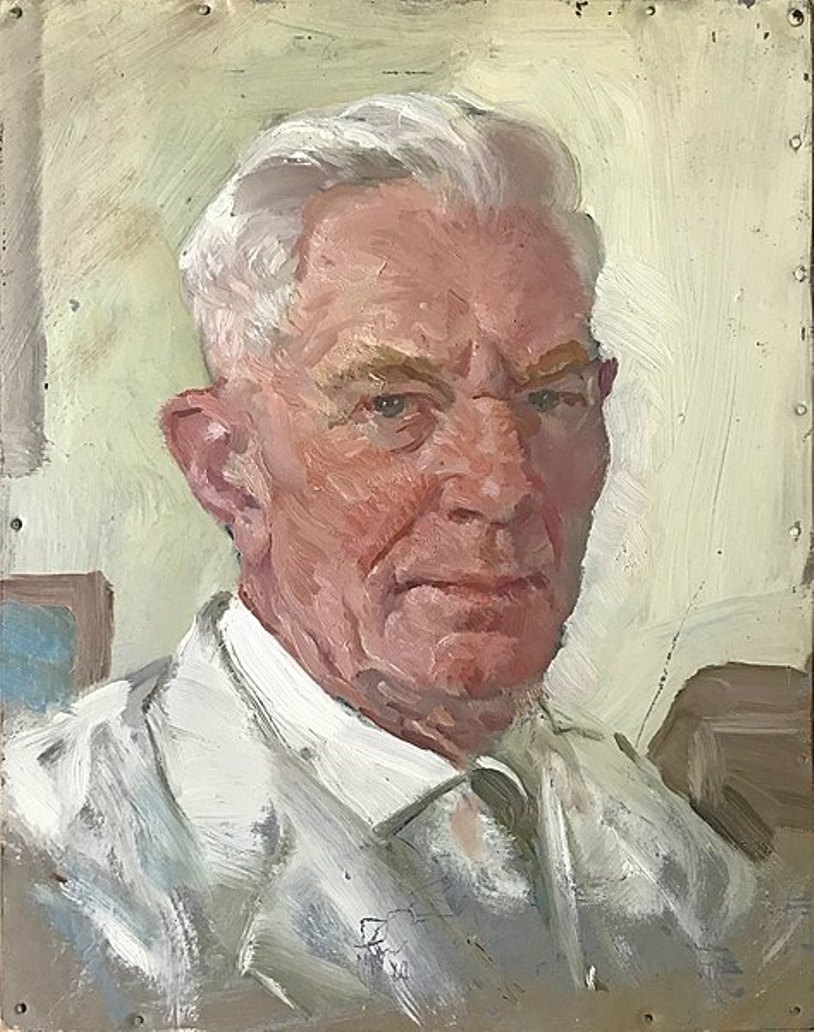
Fritz Discher was a German landscape painter.
Discher first trained as a mechanical engineer and then studied painting at the Royal University of Fine Arts in Charlottenburg. In 1909, Discher became a specialist teacher at the Municipal Trade Hall in Berlin, and at the same time he continued his painting activities. From 1924 he had his own studio as a freelance portrait painter.
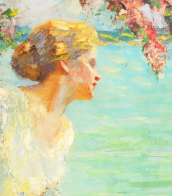

Fritz Flinte was a German landscape painter of the Late Impressionist period.


Fritz Flinte was a German landscape painter of the Late Impressionist period.

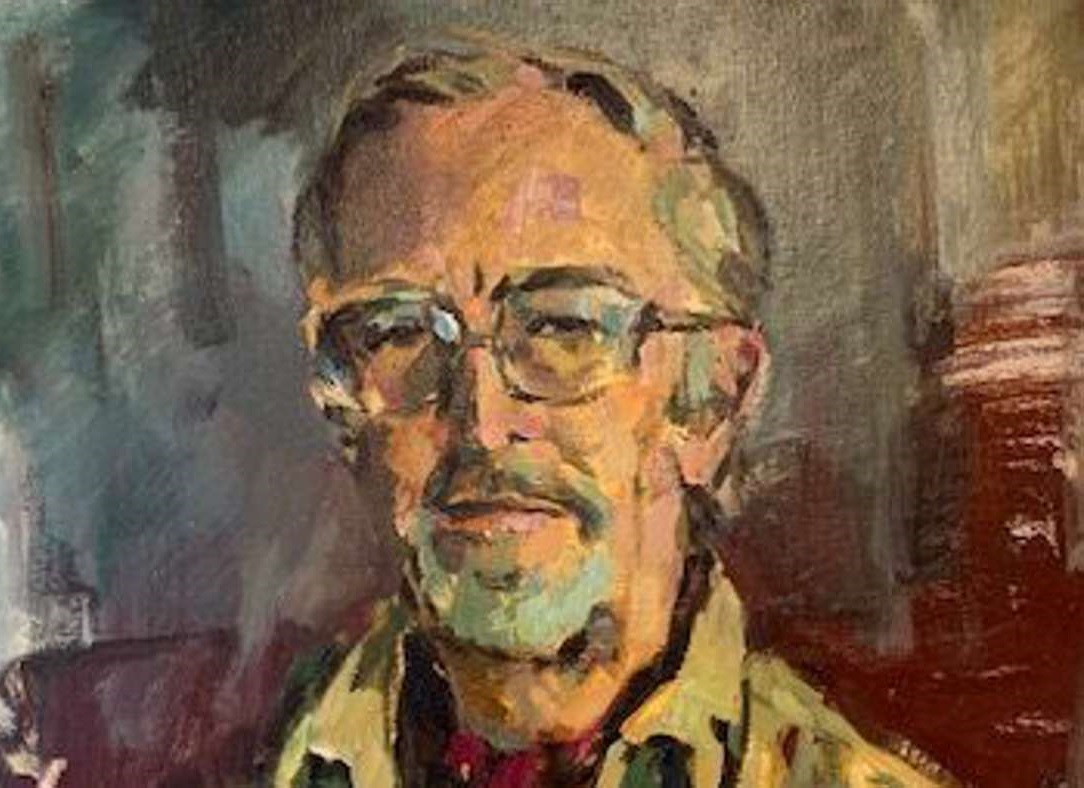
Friedrich Fritz Kohlstädt was a German painter. He lived and worked in Stuttgart and Sindelfingen.


Fritz Schaefler was a German graphic artist. He was known for his expressionist paintings, drawings, and prints.
Schaefler studied at the Academy of Fine Arts in Munich and later taught at the Folkwang University of the Arts in Essen. His early work was influenced by the German Expressionist movement, and he was associated with the group "Die Brücke" (The Bridge), which included other notable artists such as Ernst Ludwig Kirchner and Emil Nolde.
Schaefler's work is characterized by bold, vibrant colors and energetic brushstrokes. He often depicted landscapes, cityscapes, and still-life scenes, infusing them with a sense of emotion and vitality. He also produced a significant body of graphic work, including woodcuts and lithographs.
Schaefler's work was exhibited extensively during his lifetime, including at the Venice Biennale, the Stedelijk Museum in Amsterdam, and the Museum of Modern Art in New York. He was also awarded numerous honors and awards for his work.
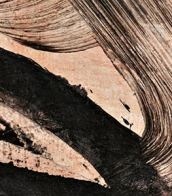
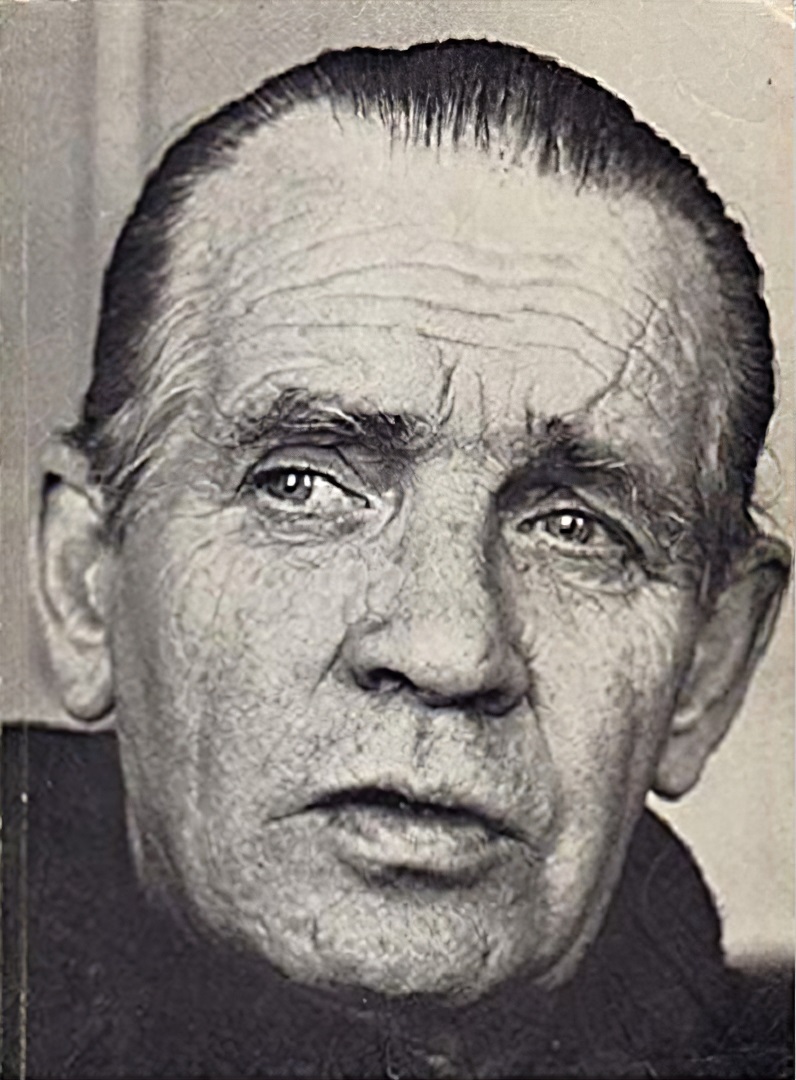
Fritz Winter was a German painter of the postwar period best known for his abstract works in the Art Informel style.
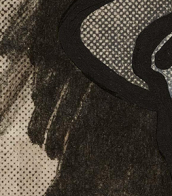
.jpg)
Fritz Klimsch was a German sculptor of the first half of the twentieth century. He is known as a brilliant representative of Art Nouveau and Classicism. Klimsch was one of the founders of the association of Berlin artists and sculptors "Berlin Secession".
Fritz Klimsch is best known for his sculptural works depicting nudes of women. Among his masterpieces are also monumental and grave monuments.
Fritz Klimsch was the most famous, but by no means the only representative of the family dynasty of German artists. His close relatives, in particular his grandfather Ferdinand Karl Klimsch, his father Eugen Klimsch, and his brothers Karl Klimsch and Paul Klimsch, also made significant contributions to the development of European art.


Fritz Winter was a German painter of the postwar period best known for his abstract works in the Art Informel style.


Fritz Schaefler was a German graphic artist. He was known for his expressionist paintings, drawings, and prints.
Schaefler studied at the Academy of Fine Arts in Munich and later taught at the Folkwang University of the Arts in Essen. His early work was influenced by the German Expressionist movement, and he was associated with the group "Die Brücke" (The Bridge), which included other notable artists such as Ernst Ludwig Kirchner and Emil Nolde.
Schaefler's work is characterized by bold, vibrant colors and energetic brushstrokes. He often depicted landscapes, cityscapes, and still-life scenes, infusing them with a sense of emotion and vitality. He also produced a significant body of graphic work, including woodcuts and lithographs.
Schaefler's work was exhibited extensively during his lifetime, including at the Venice Biennale, the Stedelijk Museum in Amsterdam, and the Museum of Modern Art in New York. He was also awarded numerous honors and awards for his work.
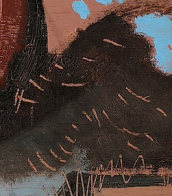

Fritz Schaefler was a German graphic artist. He was known for his expressionist paintings, drawings, and prints.
Schaefler studied at the Academy of Fine Arts in Munich and later taught at the Folkwang University of the Arts in Essen. His early work was influenced by the German Expressionist movement, and he was associated with the group "Die Brücke" (The Bridge), which included other notable artists such as Ernst Ludwig Kirchner and Emil Nolde.
Schaefler's work is characterized by bold, vibrant colors and energetic brushstrokes. He often depicted landscapes, cityscapes, and still-life scenes, infusing them with a sense of emotion and vitality. He also produced a significant body of graphic work, including woodcuts and lithographs.
Schaefler's work was exhibited extensively during his lifetime, including at the Venice Biennale, the Stedelijk Museum in Amsterdam, and the Museum of Modern Art in New York. He was also awarded numerous honors and awards for his work.


Fritz Schaefler was a German graphic artist. He was known for his expressionist paintings, drawings, and prints.
Schaefler studied at the Academy of Fine Arts in Munich and later taught at the Folkwang University of the Arts in Essen. His early work was influenced by the German Expressionist movement, and he was associated with the group "Die Brücke" (The Bridge), which included other notable artists such as Ernst Ludwig Kirchner and Emil Nolde.
Schaefler's work is characterized by bold, vibrant colors and energetic brushstrokes. He often depicted landscapes, cityscapes, and still-life scenes, infusing them with a sense of emotion and vitality. He also produced a significant body of graphic work, including woodcuts and lithographs.
Schaefler's work was exhibited extensively during his lifetime, including at the Venice Biennale, the Stedelijk Museum in Amsterdam, and the Museum of Modern Art in New York. He was also awarded numerous honors and awards for his work.


Fritz Schaefler was a German graphic artist. He was known for his expressionist paintings, drawings, and prints.
Schaefler studied at the Academy of Fine Arts in Munich and later taught at the Folkwang University of the Arts in Essen. His early work was influenced by the German Expressionist movement, and he was associated with the group "Die Brücke" (The Bridge), which included other notable artists such as Ernst Ludwig Kirchner and Emil Nolde.
Schaefler's work is characterized by bold, vibrant colors and energetic brushstrokes. He often depicted landscapes, cityscapes, and still-life scenes, infusing them with a sense of emotion and vitality. He also produced a significant body of graphic work, including woodcuts and lithographs.
Schaefler's work was exhibited extensively during his lifetime, including at the Venice Biennale, the Stedelijk Museum in Amsterdam, and the Museum of Modern Art in New York. He was also awarded numerous honors and awards for his work.

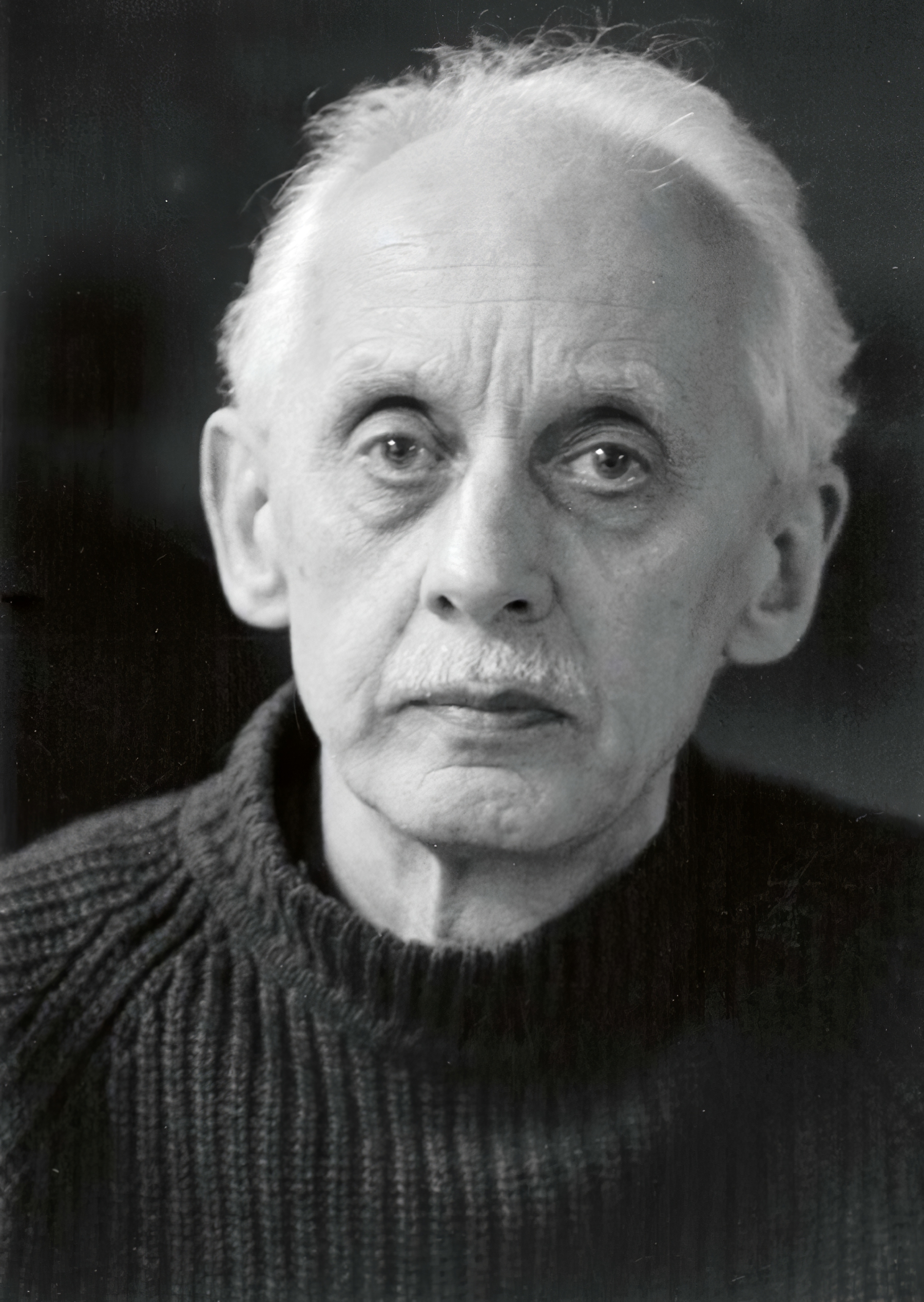
Fritz Klemm was a German painter. He taught as a professor at the State Academy of Fine Arts in Karlsruhe.
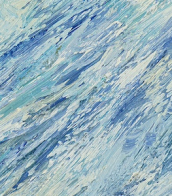

Fritz Schaefler was a German graphic artist. He was known for his expressionist paintings, drawings, and prints.
Schaefler studied at the Academy of Fine Arts in Munich and later taught at the Folkwang University of the Arts in Essen. His early work was influenced by the German Expressionist movement, and he was associated with the group "Die Brücke" (The Bridge), which included other notable artists such as Ernst Ludwig Kirchner and Emil Nolde.
Schaefler's work is characterized by bold, vibrant colors and energetic brushstrokes. He often depicted landscapes, cityscapes, and still-life scenes, infusing them with a sense of emotion and vitality. He also produced a significant body of graphic work, including woodcuts and lithographs.
Schaefler's work was exhibited extensively during his lifetime, including at the Venice Biennale, the Stedelijk Museum in Amsterdam, and the Museum of Modern Art in New York. He was also awarded numerous honors and awards for his work.
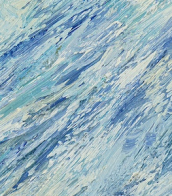

Fritz Winter was a German painter of the postwar period best known for his abstract works in the Art Informel style.
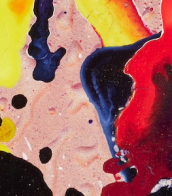
.jpg)
Fritz Klimsch was a German sculptor of the first half of the twentieth century. He is known as a brilliant representative of Art Nouveau and Classicism. Klimsch was one of the founders of the association of Berlin artists and sculptors "Berlin Secession".
Fritz Klimsch is best known for his sculptural works depicting nudes of women. Among his masterpieces are also monumental and grave monuments.
Fritz Klimsch was the most famous, but by no means the only representative of the family dynasty of German artists. His close relatives, in particular his grandfather Ferdinand Karl Klimsch, his father Eugen Klimsch, and his brothers Karl Klimsch and Paul Klimsch, also made significant contributions to the development of European art.


Fritz Winter was a German painter of the postwar period best known for his abstract works in the Art Informel style.

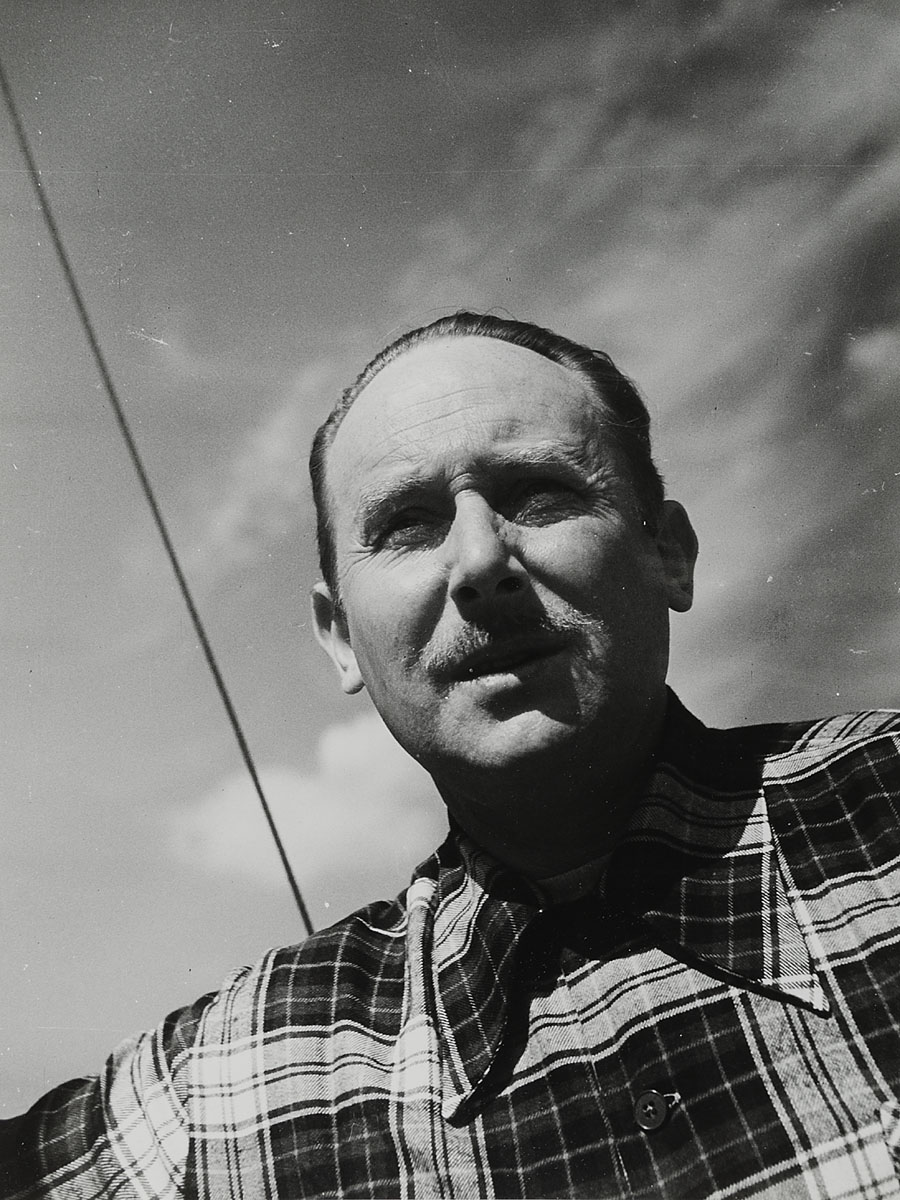
Fritz Kronenberg was a German painter of the Hamburg Secession.
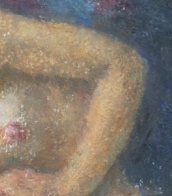

Fritz Kronenberg was a German painter of the Hamburg Secession.

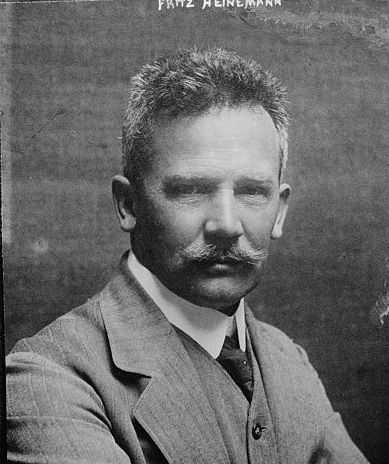
Fritz Heinemann was a German sculptor. Heinemann belonged to those artists who set themselves apart from the prevailing New Baroque of the time by Reinhold Begas and his students with a tectonic formal language in the sense of Adolf von Hildebrand. Some figures are close to the works of Auguste Rodin. His work covers almost the entire sculptural spectrum: monuments, gravestones, genre figures, busts and small bronzes.


Fritz Discher was a German landscape painter.
Discher first trained as a mechanical engineer and then studied painting at the Royal University of Fine Arts in Charlottenburg. In 1909, Discher became a specialist teacher at the Municipal Trade Hall in Berlin, and at the same time he continued his painting activities. From 1924 he had his own studio as a freelance portrait painter.


Fritz Klemm was a German painter. He taught as a professor at the State Academy of Fine Arts in Karlsruhe.
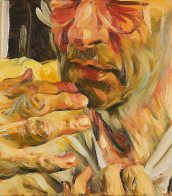
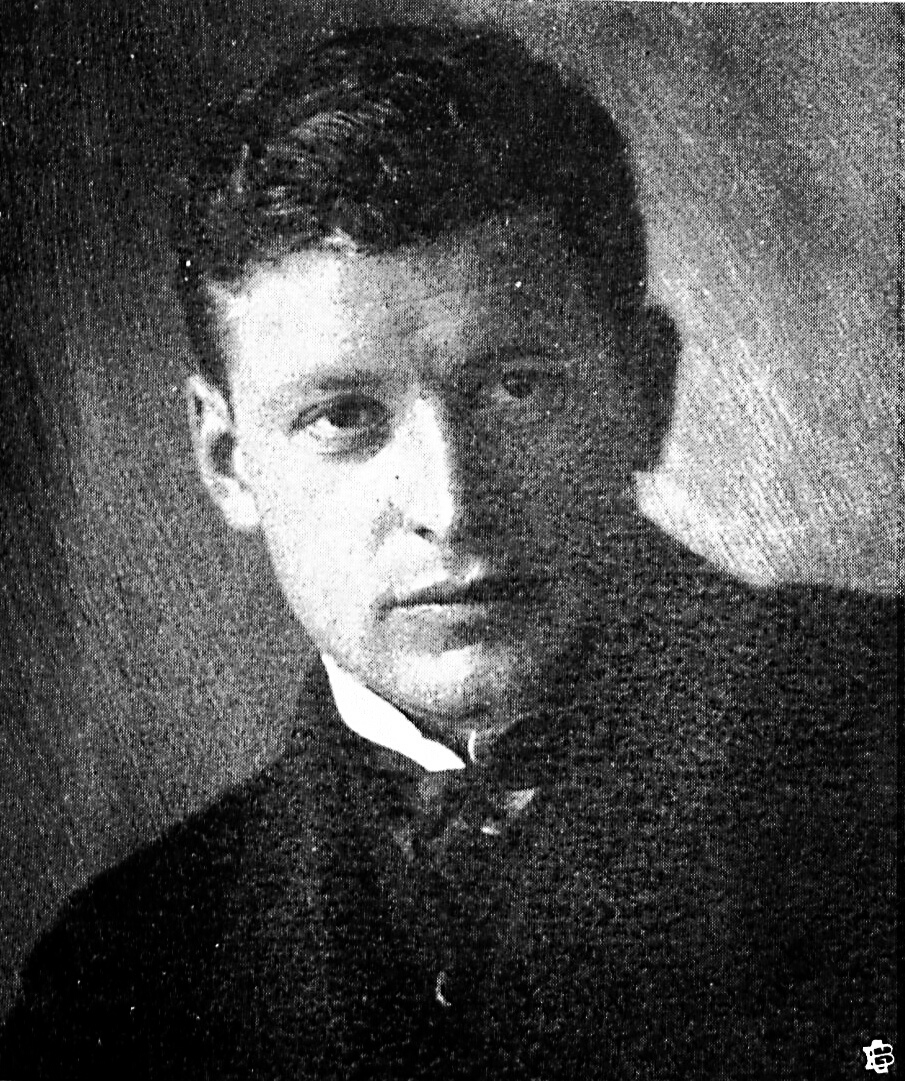
Fritz Behn, full name Max Adolf Friedrich Behn, is a German sculptor and graphic artist who became famous primarily for his sculptures of African animals. He studied at the Munich Academy of Fine Arts.
Fritz Behn was a member of the Munich Secession.
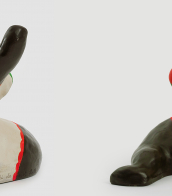
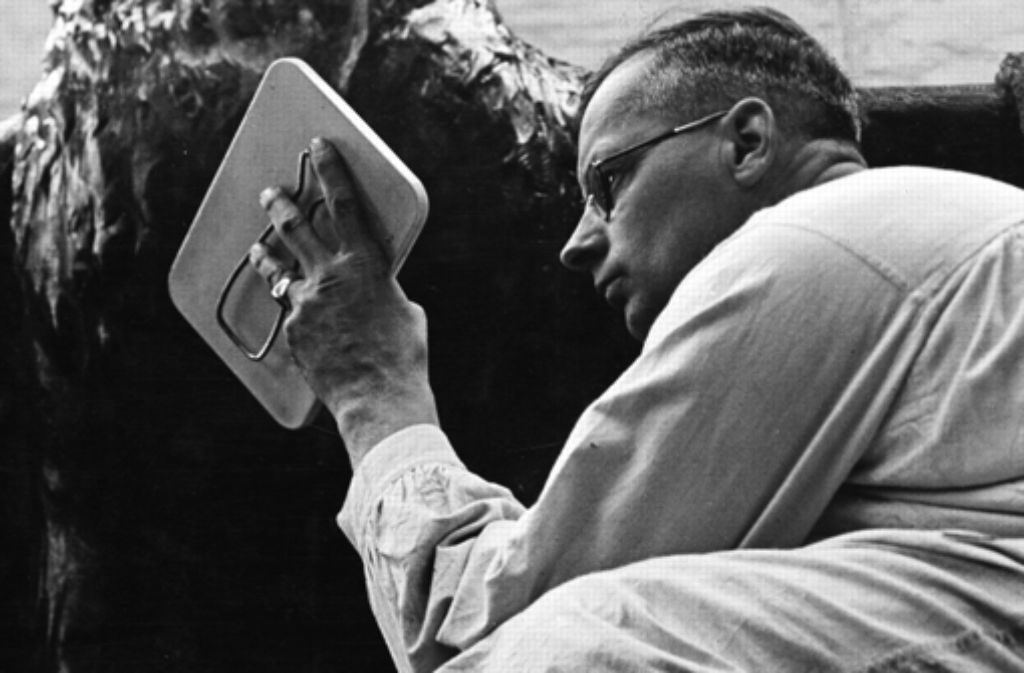
Fritz von Graevenitz was a German painter, sculptor and university lecturer. He studied fine art at the Academy of Fine Arts in Stuttgart.
The National Socialists promoted Fritz von Grevenitz as an artist and represented him several times at the Great German Art Fairs in Munich.
Fritz von Grevenitz mainly created monuments, cenotaphs, fountains, portraits and animal figures, most of which are in public places in German cities.


Friedrich Fritz Kohlstädt was a German painter. He lived and worked in Stuttgart and Sindelfingen.


Fritz Discher was a German landscape painter.
Discher first trained as a mechanical engineer and then studied painting at the Royal University of Fine Arts in Charlottenburg. In 1909, Discher became a specialist teacher at the Municipal Trade Hall in Berlin, and at the same time he continued his painting activities. From 1924 he had his own studio as a freelance portrait painter.


Fritz Discher was a German landscape painter.
Discher first trained as a mechanical engineer and then studied painting at the Royal University of Fine Arts in Charlottenburg. In 1909, Discher became a specialist teacher at the Municipal Trade Hall in Berlin, and at the same time he continued his painting activities. From 1924 he had his own studio as a freelance portrait painter.

 Фриц Кремер. Портретная фотография.jpg)
Fritz Cremer was a German sculptor, graphic artist, and teacher, renowned for his powerful memorials commemorating the victims of fascism, particularly those in concentration camps like Buchenwald, Ravensbrück, and Mauthausen. Born in Arnsberg an der Ruhr in 1906, Cremer's journey into the arts began with an apprenticeship to a marble maker, followed by formal education at the Higher School of Fine Arts in Charlottenburg. His early engagement with the Communist Party in 1929 marked the start of a lifelong commitment to anti-fascist and political themes in his work.
Cremer's works defy easy categorization. They span a broad range of subjects, from the deeply political to the profoundly personal, including acts and lovers that express erotic sensuality and tenderness. His style, neither fully modern nor socialist realist, aimed at capturing the "mentalic constitution" of his subjects, often emphasizing their physical irregularities to break from idealized representations. Cremer's most notable works include the Buchenwald Monument and "O Deutschland, bleiche Mutter" at Mauthausen, as well as other significant memorials across Germany, Austria, and the USA.
Throughout his career, Cremer was celebrated for his contributions to art and society, receiving accolades such as an invitation to documenta 6 in 1977 and the Stiftung Bremer Sculptor’s Prize in 1992. He passed away in Berlin in 1993, leaving behind a legacy that continues to be studied and admired.
For collectors and experts in art and antiques, Fritz Cremer's works offer a profound exploration of human resilience, suffering, and solidarity. His memorials serve as powerful reminders of history's darkest chapters and the enduring spirit of those who resist oppression. To stay informed about exhibitions and auctions featuring Fritz Cremer's works, sign up for updates and ensure you don't miss the opportunity to engage with the legacy of this pivotal artist.
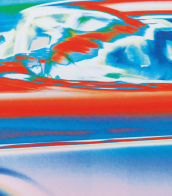
 Фриц Кремер. Портретная фотография.jpg)
Fritz Cremer was a German sculptor, graphic artist, and teacher, renowned for his powerful memorials commemorating the victims of fascism, particularly those in concentration camps like Buchenwald, Ravensbrück, and Mauthausen. Born in Arnsberg an der Ruhr in 1906, Cremer's journey into the arts began with an apprenticeship to a marble maker, followed by formal education at the Higher School of Fine Arts in Charlottenburg. His early engagement with the Communist Party in 1929 marked the start of a lifelong commitment to anti-fascist and political themes in his work.
Cremer's works defy easy categorization. They span a broad range of subjects, from the deeply political to the profoundly personal, including acts and lovers that express erotic sensuality and tenderness. His style, neither fully modern nor socialist realist, aimed at capturing the "mentalic constitution" of his subjects, often emphasizing their physical irregularities to break from idealized representations. Cremer's most notable works include the Buchenwald Monument and "O Deutschland, bleiche Mutter" at Mauthausen, as well as other significant memorials across Germany, Austria, and the USA.
Throughout his career, Cremer was celebrated for his contributions to art and society, receiving accolades such as an invitation to documenta 6 in 1977 and the Stiftung Bremer Sculptor’s Prize in 1992. He passed away in Berlin in 1993, leaving behind a legacy that continues to be studied and admired.
For collectors and experts in art and antiques, Fritz Cremer's works offer a profound exploration of human resilience, suffering, and solidarity. His memorials serve as powerful reminders of history's darkest chapters and the enduring spirit of those who resist oppression. To stay informed about exhibitions and auctions featuring Fritz Cremer's works, sign up for updates and ensure you don't miss the opportunity to engage with the legacy of this pivotal artist.


Fritz Koenig was a prominent German sculptor, recognized for his influential works in the 20th century. He studied art at the Academy of Fine Arts in Munich after World War II and later, in 1951, expanded his education in Paris on a scholarship. Koenig gained international fame, particularly for his monumental bronze sculpture, "The Sphere," originally located at the World Trade Center in New York City.
"The Sphere" became a symbol of resilience after surviving the 9/11 attacks, albeit with damage. Initially placed in Battery Park as an interim memorial, it now resides in Liberty Park, serving as a poignant reminder of endurance amidst devastation. Koenig's work delves into themes of human and animal existence, exploring the tensions between religiosity and mythology, and the fragile nature of life.
Throughout his career, Koenig participated in significant exhibitions like the Biennale in Venice and documenta in Kassel, and his works are displayed in permanent collections, such as the Hofberg Sculpture Museum in Landshut. Koenig's artistic legacy continues to inspire, embodying a deep contemplation of humanity's place in the world and the enduring spirit of art in the face of tragedy.
If you're intrigued by the artistic journey and significant works of Fritz Koenig, and wish to delve deeper into his contributions to modern sculpture, consider subscribing for updates. This subscription will keep you informed about exhibitions, sales of Koenig's works, and insightful articles that explore his artistic legacy. Stay connected to the world of art and ensure you don't miss out on the opportunity to learn more about this influential sculptor's impact on contemporary art.


Fritz Winter was a German painter of the postwar period best known for his abstract works in the Art Informel style.

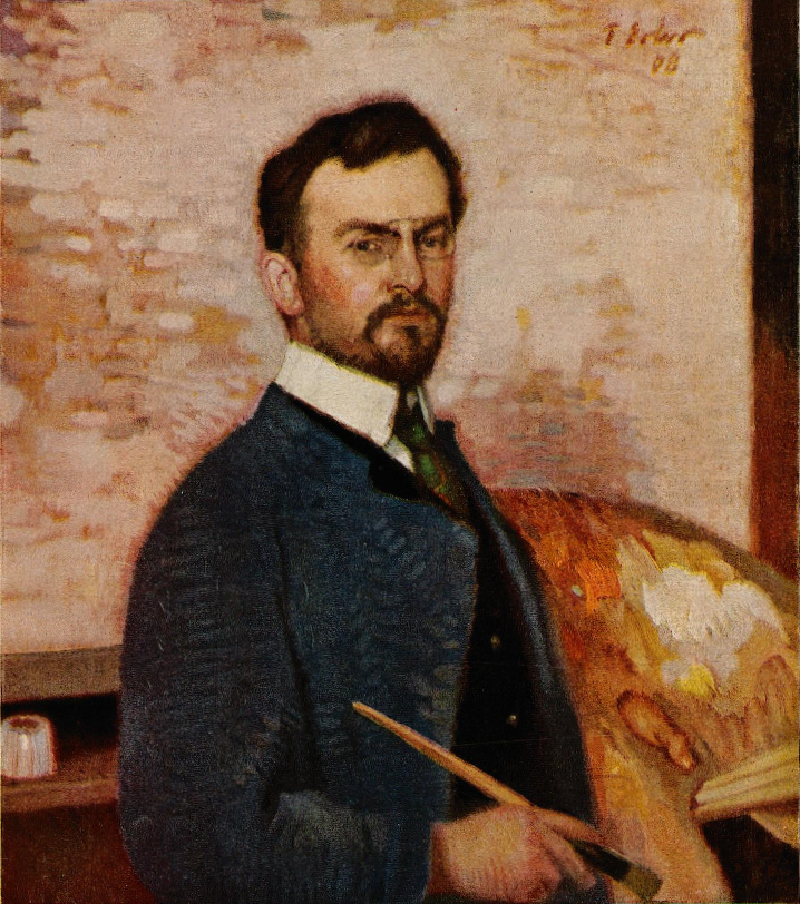
Fritz Erler was a German painter, graphic designer and scenic designer. Although most talented as an interior designer, he is perhaps best remembered for several propaganda posters he produced during World War I.
During the National Socialist period Erler's portraits of Adolf Hitler, Franz von Epp, and Wilhelm Frick were very remunerative.


Fritz Schaefler was a German graphic artist. He was known for his expressionist paintings, drawings, and prints.
Schaefler studied at the Academy of Fine Arts in Munich and later taught at the Folkwang University of the Arts in Essen. His early work was influenced by the German Expressionist movement, and he was associated with the group "Die Brücke" (The Bridge), which included other notable artists such as Ernst Ludwig Kirchner and Emil Nolde.
Schaefler's work is characterized by bold, vibrant colors and energetic brushstrokes. He often depicted landscapes, cityscapes, and still-life scenes, infusing them with a sense of emotion and vitality. He also produced a significant body of graphic work, including woodcuts and lithographs.
Schaefler's work was exhibited extensively during his lifetime, including at the Venice Biennale, the Stedelijk Museum in Amsterdam, and the Museum of Modern Art in New York. He was also awarded numerous honors and awards for his work.
